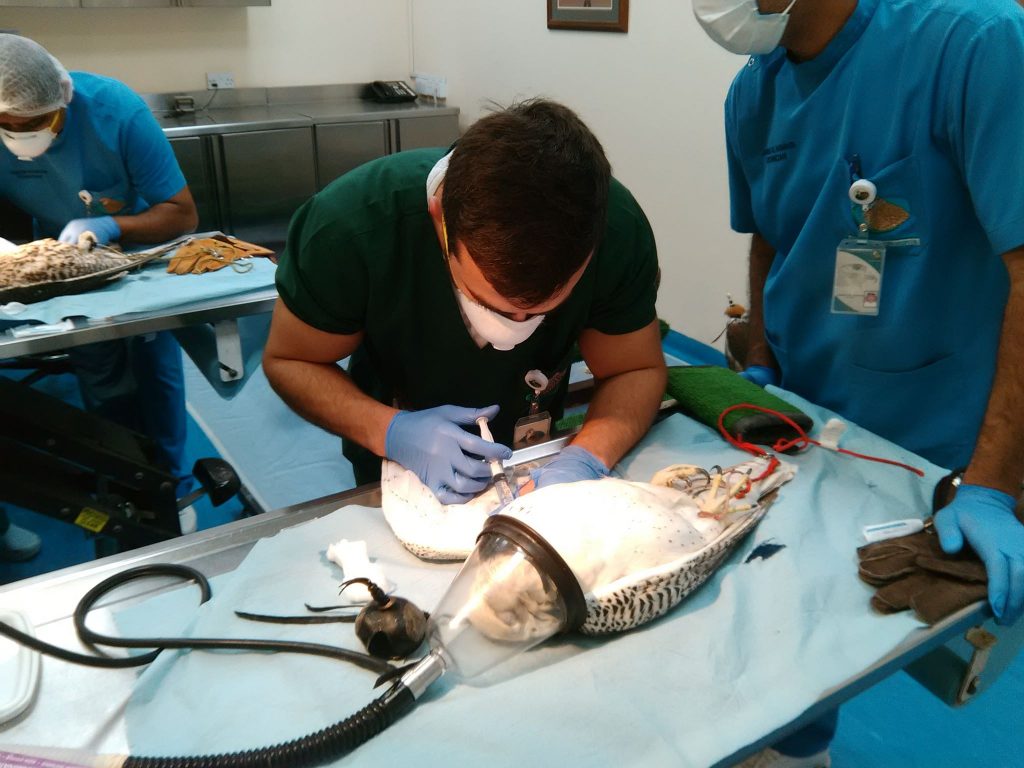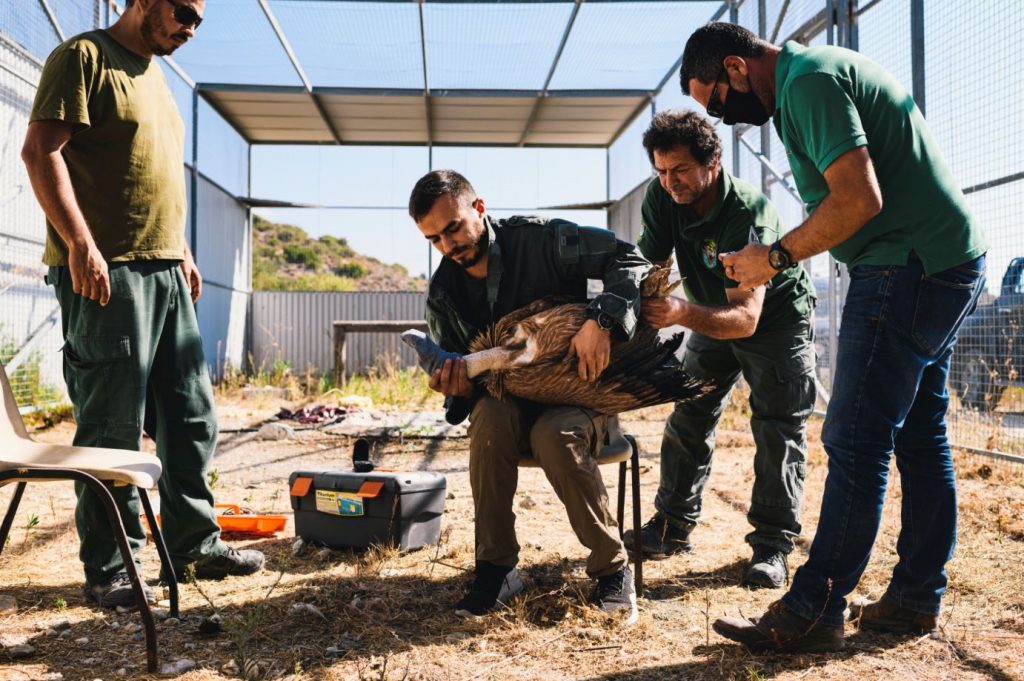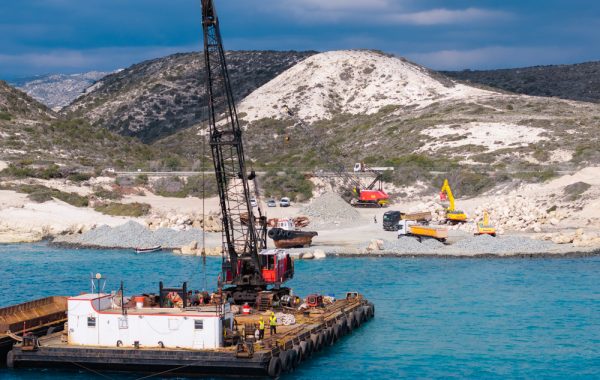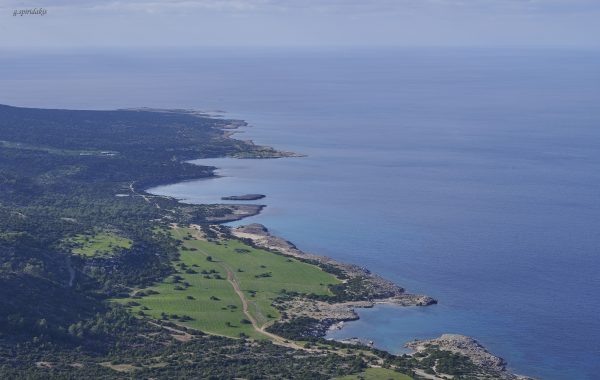When did your interest in birds begin?
Ever since I was a child, I’ve been curious about nature and animals. All I wanted to do was read books about animals and watch the Animal Planet and National Geographic on TV. I was fortunate enough to have a grandfather who was a shepherd, so, instead of being sent to summer school during the summer holidays, I would spend my days in nature tending the sheep together with my grandfather. This was when I began becoming more and more intrigued by nature, trying to learn as much as I could about all the living things I would see out there every day. At the age of 11, with about 50 sheep keeping me company every day on the plains of Nicosia, I could identify most birds by their scientific name. From that point onwards, I never stopped being ‘obsessed’ with animals, and with birds in particular. Learning to identify them was just the first step. After that, I wanted to find out what they eat, where they breed, what their song sounds like, how they behave, how they interact with one another and so forth. The older I got, the more I realized that this is a never-ending journey. And although I went through various phases with bird obsessions (first it was the finches, then the waterbirds), I have and always will have a special fondness for birds of prey.
How did you decide to become a vet?
Considering my fascination with animals and birds, veterinary medicine was the only field that as far as I knew would allow me to have daily contact with animals. For this reason, I never considered pursuing anything else. I wanted to become a vet firstly so that I can give back to nature and be close to the wildlife, and secondly for my interest in the field of veterinary medicine, which grew more with time.
What does a wildlife vet do?
A wildlife vet works firstly for the conservation of biodiversity, then for their personal and environmental beliefs, and last for a private clinic or an organization. It is a field where one doesn’t have to answer to animal owners or even to a supervisor. Your only ‘critic’ is your conscience and your love for nature. If one doesn’t have these environmental sensitivities, it will be very difficult to completely devote oneself to this field of medicine.

What do you love about your job?
Up until the age of 19, the closest I came to be with animals and birds was when I would watch them in their natural habitat. Seeing an eagle in the field was the greatest highlight for me back then. So now, when such a bird comes in for treatment, my excitement is the same or even greater, because now I can really help it. When I have an eagle lying on the operation table, I don’t just see a wounded bird weighing 2.5 kilos. I see a proud creature, built to hunt and capture prey, able to create and maintain a territory of several square kilometers expanse using the earth’s morphology as a guide, a bird that can fly in ‘stealth mode’ even with a two-meter wingspan and able to build huge nests that are hidden in plain sight. We are talking about the embodiment of evolutionary success and now it is up to me to give it continuity. To see a bird in the field and to realize that it is one that I managed to treat and save, is one the greatest moral satisfactions that I can experience as a human being.
Is there anything that you don’t like about your job?
Unfortunately, wildlife falls victim to human cruelty that is a result of ignorance about the importance of nature and biodiversity. Because I am certain that, no one in their right mind who understands how nature works would hurt a wild animal. To receive birds that are injured due to human actions is very disappointing and is perhaps the worst part of this job.
Is there an incident that has stayed etched in memory?
I had the opportunity to do part of my medical training at an outstanding ornithologist in Slovakia. There, I was given the chance to treat an Imperial Eagle which the university did not hold much hope for, and so they let me have a go at treating it, to gain experience. To cut a long story short, this particular eagle bred last year in the wild in western Slovakia and colleagues have informed me that its offspring is being satellite-tracked. This was my first real intervention in nature and it is something that I will never forget.

Was there a particular ‘feathered’ patient that you became especially attached to?
From one point onwards, I try not to get attached to my patients, for the simple reason that if the time comes that I have to euthanize, I will not be able to see it through, thereby prolonging the bird’s suffering simply because, selfishly, I want to keep it alive.
What happens when a wild bird cannot be released back to nature despite all efforts? Life in captivity or euthanasia?
It depends! Some species cannot be released back to nature if they have even the slightest disability. For example, for a resident waterbird, like the Coot, a small flight fault does not really condemn the bird. But, for a bird of prey that hunts swallows at incredible speeds and maneuvers, like the Hobby, even the slightest fault in its flight feathers could mean a slow death. Such birds cannot be released back to the wild, but they can live a decent life in appropriate settings and can potentially offer a lot to their own species. In principle, juvenile birds are more adaptable, and are therefore more likely to live ok in captivity with less stress. For such birds, life in captivity is not the end, but the beginning. The bird can contribute to public awareness and can become an ambassador for its species, helping inform the public on the species’ conservation needs. In other cases, birds can become part of a captive breeding programme, thereby contributing to the conservation of their species with offspring. So, a second chance can always be given when necessary. When animals suffer however, either due to pain or due to stress and the prognosis is not good with no chance of release and we deem that the pain cannot be relieved or that the birds cannot adjust to living conditions we provide, then euthanasia is necessary and it is our responsibility to see it through.




